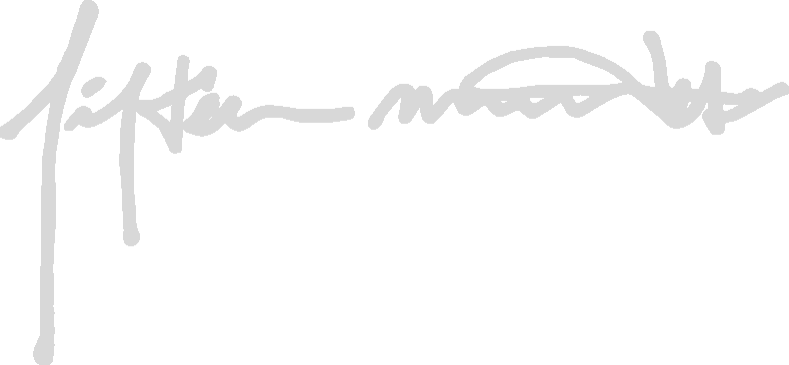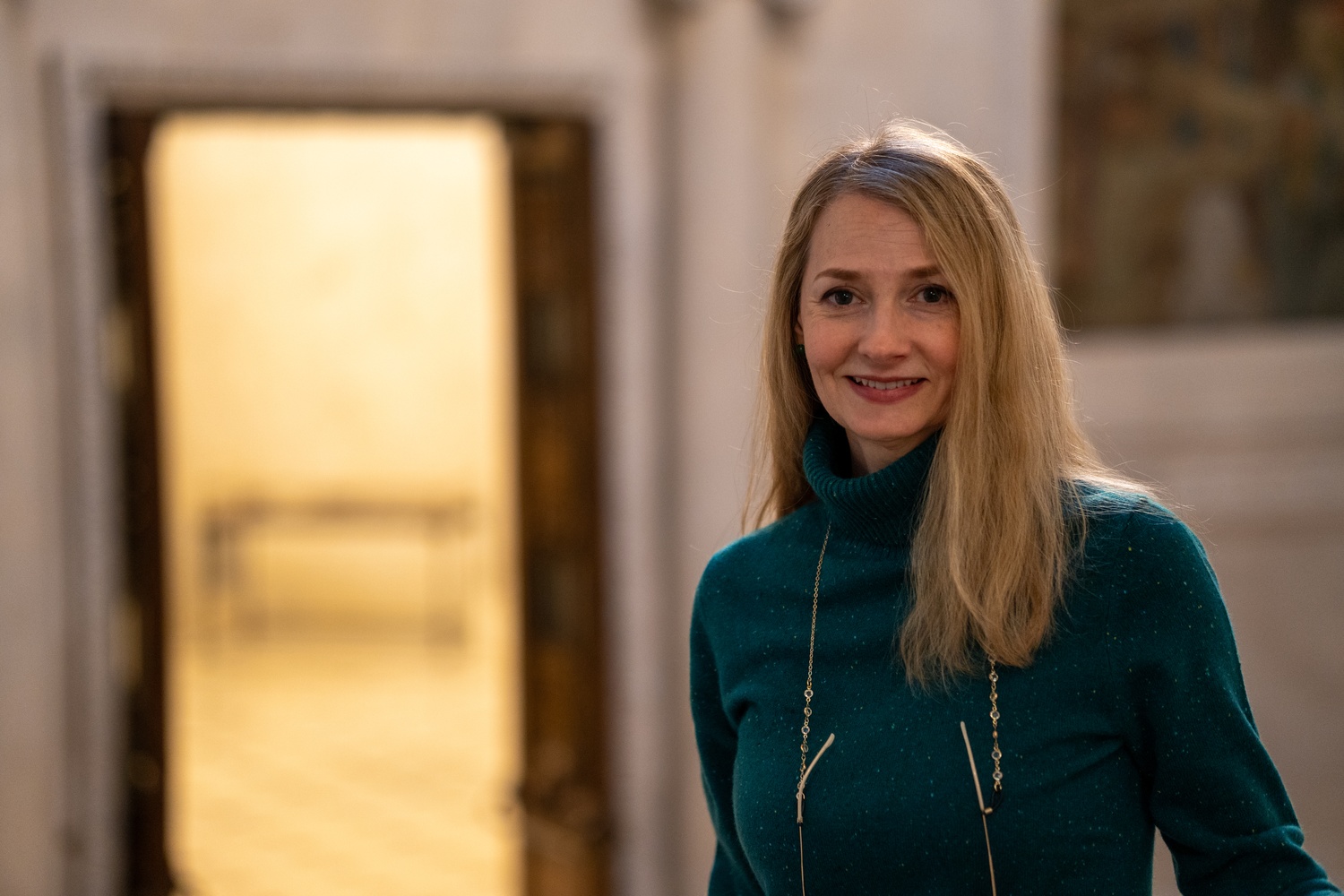
Students Shelf the First-Year Librarian Program
When new students arrive at Harvard, they face not only the steep adjustment to coursework and campus life, but also the challenge that comes with navigating the world’s largest academic library. To alleviate this, the First-Year Librarians program was born: an initiative that pairs groups of freshmen with a personal librarian.
The FYL program is relatively new — first piloted in 2018, it was inspired by Yale’s “Personal Librarian” program for undergraduates. The following year, Harvard decided to expand their program to all freshmen. As librarian Lee LaFleur explains, the objective is to act as an “orientation lens” so that students can “learn about their new library, learn about the role of librarians in academia.” But despite these ambitious goals, most first-years on campus seem unaware of the initiative.
The program’s target issue is that new arriving students on campus feel overwhelmed by the vast amounts of resources — “library anxiety,” as librarian Ramona Crawford, head of the FYL program, describes it. Given that the Harvard library system has over 20 million physical and digital items, this should come as no surprise. “We’re hoping to give them the best possible chance of discovery,” librarian Odile Harter, a part of the FYL Program, says.
A first-year librarian is meant to welcome any and all questions regarding the library early on in the college experience. Especially since students come from a wide variety of academic backgrounds, this program is a way to mitigate disparities. The librarians hope to serve as a friendly connection point for any student. That way, when students “reach the stage where they have a major research paper and they don’t know who to talk to,” LaFleur says they’ll turn to a librarian within the FYL program.
Freshmen themselves, though — the program’s target audience — seem to be in the dark. “I’m not quite sure how to maximize the resources that they have to offer,” James J. Obasiolu ’29 says. “I don’t know how I might be able to check out a book.”
Other freshmen have only vaguely heard of the program, and are therefore not inclined to use it. “I’ve definitely seen information about it on maybe bulletin boards or whatever, but I’ve never read the information.” Alyssa G. Ao ’29 says.
In previous years, the First-Year Librarian program has also hosted many study breaks to connect with students. “We have tried to make the events more social and sort of warm and fuzzy,” Crawford says. She hopes a friendly, informal approach might “make sure students understand the librarians are here as a space where we want them to feel comfortable.” These socials hope to support students by providing a break from the typical stress of deadlines and academic rigor.
In some cases, these connections have been successful. Crawford herself had a heartwarming experience with a student with whom she had a particular connection. They happened to come from neighboring hometowns, and even discovered that they shared a favorite ice cream. For this student, Crawford was not just an academic resource — she was a reminder of home as he navigated a brand-new world on campus.
But despite the potential for a strong bond with a librarian, the extent of many freshmen’s correspondence is receiving a brief introductory message through Canvas. Instead of following up on this resource, students tend to seek research or personal help from other, more available support. Freshmen often navigate the library system for the first time during Expos 20, which fulfills the expository writing requirement at the College. Though in some expos classes, students are connected in person with a librarian during a scheduled visit, preceptors might shoulder the task of introducing students to resources.
Brody P. Van Wave ’29, currently enrolled in Expos 20, has become familiar with checking out books through the Hollis library database. However, instead of learning this process through his first-year librarian, he was taught by his preceptor. “We had like 20 minutes where he just showed us how to find the book,” he says.
When asked about how often freshmen actually utilize the program, Harter explains that they “can’t necessarily measure how many students are using their first-year librarian, because one of the components of the program is outward messaging,” and the library has no system for tracking how many people read this information. Although the program’s goal is to bridge the gap between students and the resources libraries offer, it seems that a disconnect remains.
Before being interviewed for this story, Obasiolu was not aware that he had access to a personal librarian through the program at all. When asked if he’d now use the resource, he responds with: “Oh, yeah, absolutely.”





